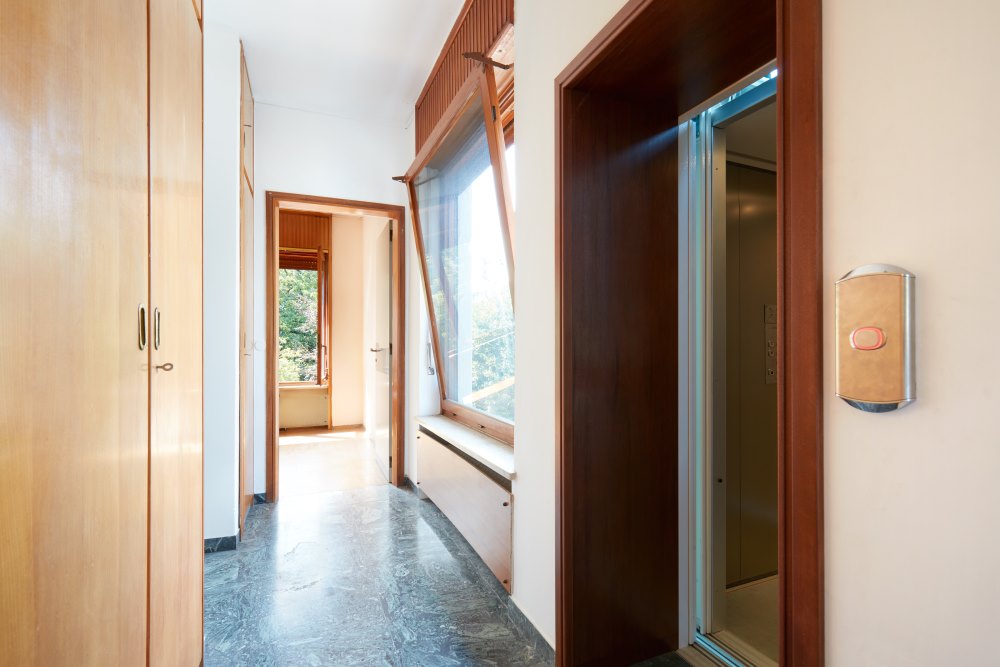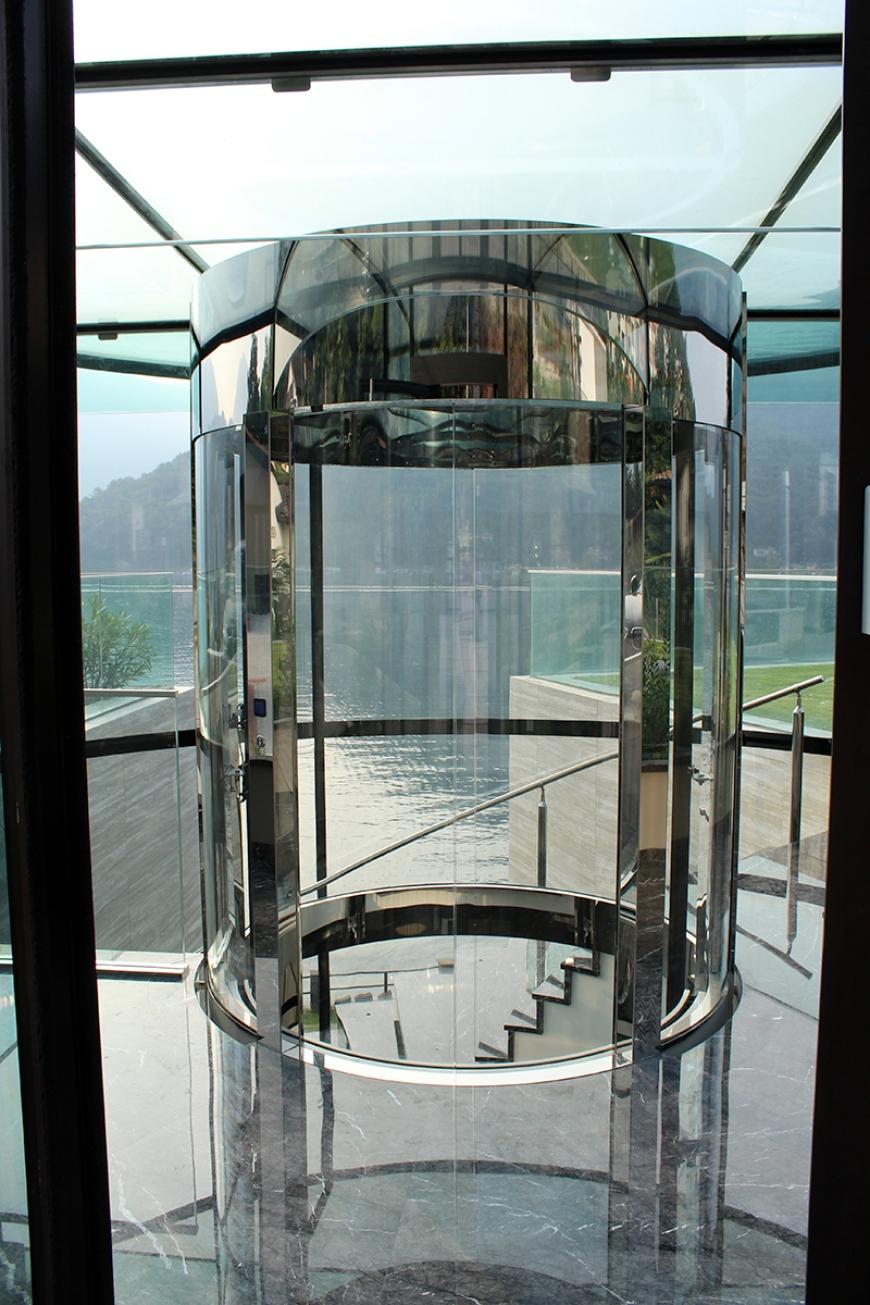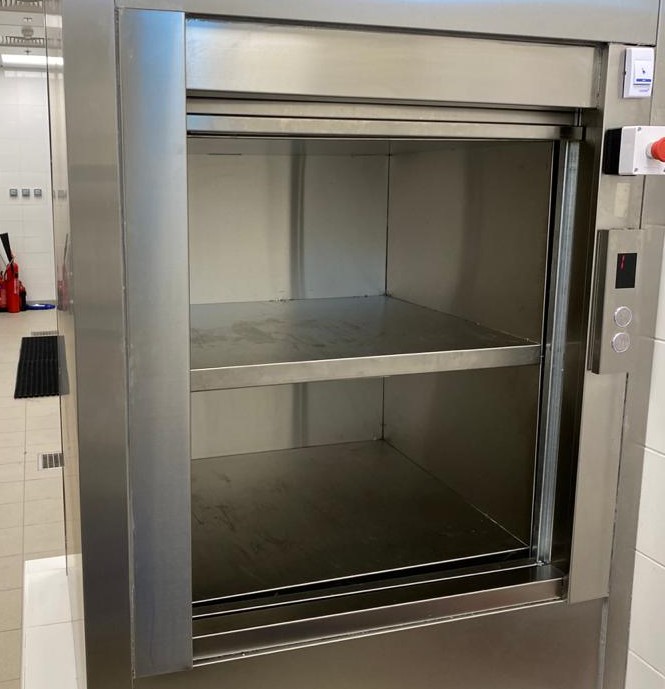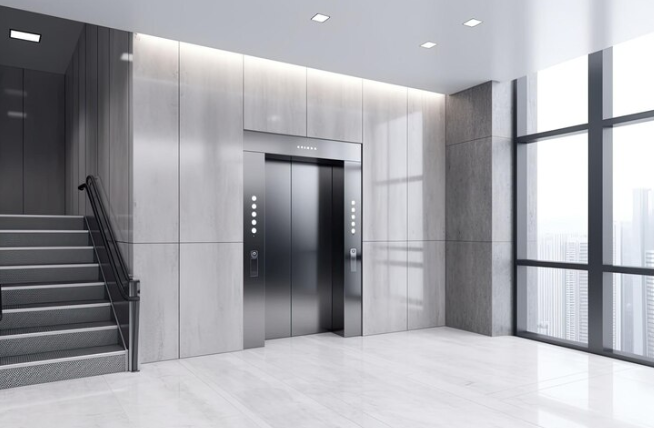Overview of Electric Traction Elevators
Electric traction lifts represent a kind of elevator system that uses the motor system to move both the elevator cab and the attached counterweight. Unlike hydraulic elevators that use fluid pressure, electric traction elevators rely on ropes and pulleys to generate vertical movement in a building.
Features of Traction Elevators
Electric Motor: It is the central element of a traction elevator; the electric motor is responsible for converting electrical energy into mechanical power. This motor functions by propelling the lift’s cab and its counterweight.
Sheave and Ropes: Bounded to the motor, the sheave of the elevator is connected to multiple ropes. These ropes, typically composed of steel, are affixed to the car on one end and the counterweight on the other hand. When the motor rotates the sheave, the ropes move to facilitate the upward or downward movement of the elevator.
Counterweight: This feature of traction elevators is what makes them unique, reducing the burden on the motor by offsetting the weight of the lift’s cab, This balancing mechanism enhances energy efficiency while ensuring smooth operation.
Control System: Equipped with sophisticated control systems, electric traction elevators employ various sensors, safety devices, and programmable logic controllers (PLCs) to monitor and regulate the elevator's operations. These systems prioritize passenger safety and contribute to a reliable and secure transportation experience.
Benefits of Electric Traction Elevators
Energy Efficient: Electric traction elevators are renowned for their energy efficiency. The incorporation of a counterweight system reduces power consumption, distinguishing them from other elevator types.
Seamless Ride: By leveraging advanced technology, electric traction elevators offer passengers with a seamless and noise-free ride. Reduced vibrations and noise levels ensure a pleasant transportation experience.
High-rise Capability: The design, capabilities, and functionality of traction elevators suit most high-rise buildings. These high-power traction lifts can effectively handle heavy weight and traverse significant vertical distances, rendering them reliable options even for multi-story high-rise structures.
Versatility: Traction elevators provide design versatility, enabling architects and owners to customize them to meet their unique requirements. From aesthetic considerations to various capacity choices, traction elevators are personalized according to the diverse needs of various industries.
Safety Features: Electric traction elevators integrate an array of safety features to prioritize passenger well-being. Emergency stop buttons, door interlocks, overspeed governors, and fire-rated landing doors, among other measures, ensure a secure transportation environment.
Conclusion
Electric traction elevators have significantly transformed vertical transportation by providing efficient, reliable, and safe means of moving people and goods within buildings. With their emphasis on energy efficiency, high-rise capability, and design flexibility, these elevators have become integral components of modern urban infrastructure. As technology continues to advance, electric traction elevators evolve to offer enhanced performance, improved safety, and an optimal user experience. With their numerous benefits, electric traction elevators are poised to shape the future of vertical transportation, contributing to the development of smarter and more sustainable cities.






